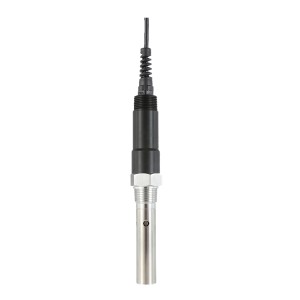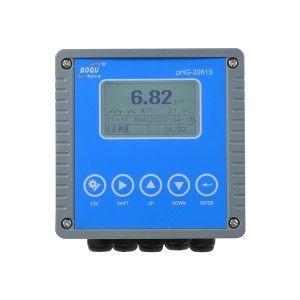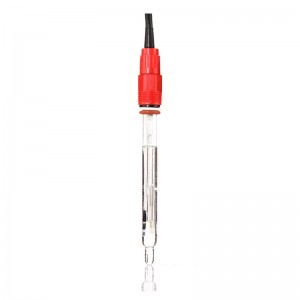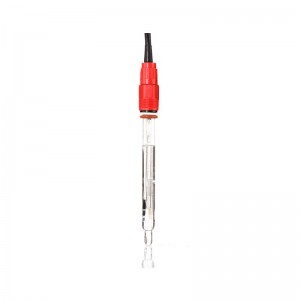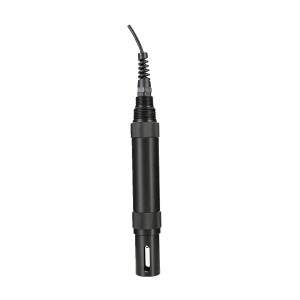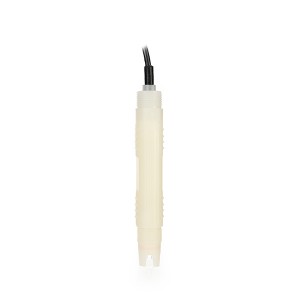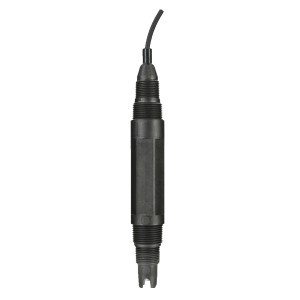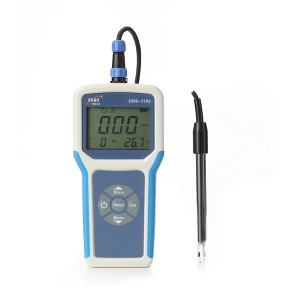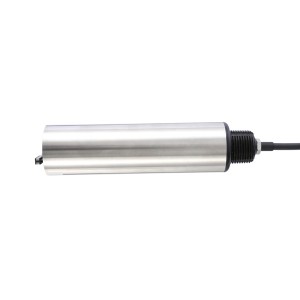A meat processing company based in Shanghai was established in 2011 and is located in Songjiang District. Its business operations include permitted activities such as pig slaughtering, poultry and livestock breeding, food distribution, and road freight transportation (excluding hazardous materials). The parent entity, a Shanghai-based industrial and trading company also situated in Songjiang District, is a private enterprise primarily engaged in swine farming. It oversees four large-scale pig farms, currently maintaining approximately 5,000 breeding sows with an annual output capacity of up to 100,000 market-ready pigs. Additionally, the company collaborates with 50 ecological farms that integrate crop cultivation and animal husbandry.
Wastewater generated from pig slaughterhouses contains high concentrations of organic matter and nutrients. If discharged untreated, it poses significant risks to aquatic systems, soil, air quality, and broader ecosystems. The primary environmental impacts are as follows:
1. Water Pollution (the most immediate and severe consequence)
Slaughterhouse effluent is rich in organic pollutants and nutrients. When directly released into rivers, lakes, or ponds, the organic components—such as blood, fat, fecal matter, and food residues—are decomposed by microorganisms, a process that consumes substantial amounts of dissolved oxygen (DO). Depletion of DO leads to anaerobic conditions, resulting in the death of aquatic organisms such as fish and shrimp due to hypoxia. Anaerobic decomposition further produces malodorous gases—including hydrogen sulfide, ammonia, and mercaptans—causing water discoloration and foul odors, rendering the water unusable for any purpose.
The wastewater also contains elevated levels of nitrogen (N) and phosphorus (P). Upon entering water bodies, these nutrients promote excessive growth of algae and phytoplankton, leading to algal blooms or red tides. Subsequent decomposition of dead algae further depletes oxygen, destabilizing the aquatic ecosystem. Eutrophic waters experience deteriorated quality and become unsuitable for drinking, irrigation, or industrial use.
Moreover, the effluent may carry pathogenic microorganisms—including bacteria, viruses, and parasite eggs (e.g., Escherichia coli and Salmonella)—originating from animal intestines and feces. These pathogens can spread via water flow, contaminating downstream water sources, increasing the risk of zoonotic disease transmission, and endangering public health.
2. Soil Pollution
If wastewater is discharged directly onto land or used for irrigation, suspended solids and fats can clog soil pores, disrupting soil structure, reducing permeability, and impairing root development. The presence of disinfectants, detergents, and heavy metals (e.g., copper and zinc) from animal feed may accumulate in soil over time, altering its physicochemical properties, causing salinization or toxicity, and rendering the land unsuitable for agriculture. Excess nitrogen and phosphorus beyond crop uptake capacity can lead to plant damage ("fertilizer burn") and may leach into groundwater, posing contamination risks.
3. Air Pollution
Under anaerobic conditions, wastewater decomposition generates noxious and harmful gases such as hydrogen sulfide (H₂S, characterized by a rotten egg odor), ammonia (NH₃), amines, and mercaptans. These emissions not only create nuisance odors affecting nearby communities but also pose health hazards; high concentrations of H₂S are toxic and potentially lethal. Additionally, methane (CH₄), a potent greenhouse gas with a global warming potential more than twenty times that of carbon dioxide, is produced during anaerobic digestion, contributing to climate change.
In China, slaughterhouse wastewater discharge is regulated under a permit system requiring compliance with authorized emission limits. Facilities must adhere strictly to the Pollutant Discharge Permit regulations and meet the requirements of the "Discharge Standard of Water Pollutants for Meat Processing Industry" (GB 13457-92), as well as any applicable local standards that may be more stringent.
Compliance with discharge standards is assessed through continuous monitoring of five key parameters: chemical oxygen demand (COD), ammonia nitrogen (NH₃-N), total phosphorus (TP), total nitrogen (TN), and pH. These indicators serve as operational benchmarks for evaluating the performance of wastewater treatment processes—including sedimentation, oil separation, biological treatment, nutrient removal, and disinfection—enabling timely adjustments to ensure stable and compliant effluent discharge.
- Chemical Oxygen Demand (COD): COD measures the total amount of oxidizable organic matter in water. Higher COD values indicate greater organic pollution. Slaughterhouse wastewater, containing blood, fat, protein, and fecal matter, typically exhibits COD concentrations ranging from 2,000 to 8,000 mg/L or higher. Monitoring COD is essential for assessing the efficiency of organic load removal and ensuring the wastewater treatment system operates effectively within environmentally acceptable limits.
- Ammonia Nitrogen (NH₃-N): This parameter reflects the concentration of free ammonia (NH₃) and ammonium ions (NH₄⁺) in water. Nitrification of ammonia consumes significant dissolved oxygen and can lead to oxygen depletion. Free ammonia is highly toxic to aquatic life even at low concentrations. Additionally, ammonia serves as a nutrient source for algal growth, contributing to eutrophication. It originates from the breakdown of urine, feces, and proteins in slaughterhouse wastewater. Monitoring NH₃-N ensures the proper functioning of nitrification and denitrification processes and mitigates ecological and health risks.
- Total Nitrogen (TN) and Total Phosphorus (TP): TN represents the sum of all nitrogen forms (ammonia, nitrate, nitrite, organic nitrogen), while TP includes all phosphorus compounds. Both are primary drivers of eutrophication. When discharged into slow-moving water bodies such as lakes, reservoirs, and estuaries, nitrogen- and phosphorus-rich effluents stimulate explosive algal growth—akin to fertilizing water bodies—leading to algal blooms. Modern wastewater regulations impose increasingly strict limits on TN and TP discharges. Monitoring these parameters evaluates the effectiveness of advanced nutrient removal technologies and helps prevent ecosystem degradation.
- pH Value: pH indicates the acidity or alkalinity of water. Most aquatic organisms survive within a narrow pH range (typically 6–9). Effluents that are excessively acidic or alkaline can harm aquatic life and disrupt ecological balance. For wastewater treatment plants, maintaining appropriate pH is critical for the optimal performance of biological treatment processes. Continuous pH monitoring supports process stability and regulatory compliance.
The company has installed the following online monitoring instruments from Boqu Instruments at its main discharge outlet:
- CODG-3000 Online Automatic Chemical Oxygen Demand Monitor
- NHNG-3010 Ammonia Nitrogen Online Automatic Monitor
- TPG-3030 Total Phosphorus Online Automatic Analyzer
- TNG-3020 Total Nitrogen Online Automatic Analyzer
- PHG-2091 pH Online Automatic Analyzer
These analyzers enable real-time monitoring of COD, ammonia nitrogen, total phosphorus, total nitrogen, and pH levels in the effluent. This data facilitates assessment of organic and nutrient pollution, evaluation of environmental and public health risks, and informed decision-making regarding treatment strategies. Furthermore, it allows for optimization of treatment processes, improved efficiency, reduced operational costs, minimized environmental impact, and consistent compliance with national and local environmental regulations.







